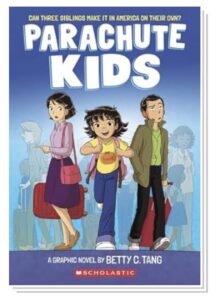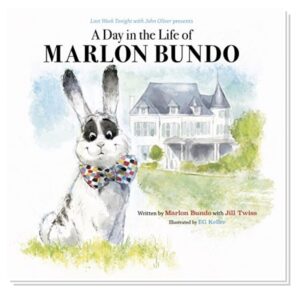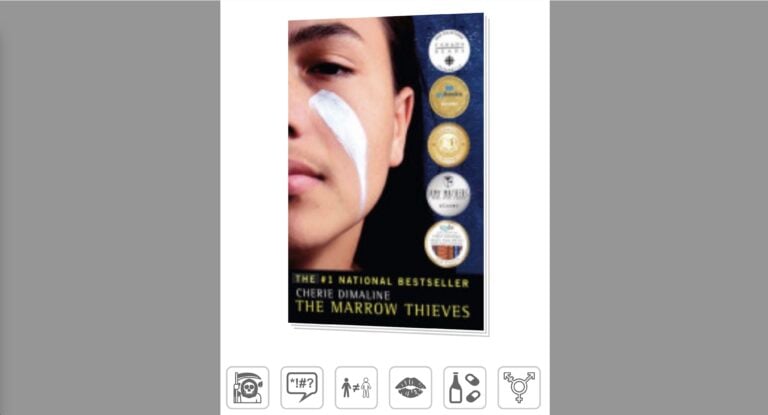How to Choose Age-Appropriate Books for Young Readers (Ages 4-10)
In the quest to nurture young minds, choosing the right books is as essential as choosing the right friends. This guide aims to parents with practical tools to select enriching and appropriate reading material for children aged 4 to 10, making the process less daunting.
Evaluate Language and Themes: A Detailed Approach
Navigating the Sea of Words
Why is it important? Language shapes thought, and the themes in books act as windows to the world for young minds. By carefully selecting books with appropriate language and themes, you’re not only protecting your child’s innocence but also nurturing their understanding of the world in a safe and age-appropriate way.
How to make it easier: Tune into the Language and Themes
- In-Depth Tip: Look for books that use language at your child’s level or slightly above to help develop their vocabulary. Avoid books with complex jargon or adult themes disguised as children’s humor.
- Practical Guidance: Skim through reviews on popular sites like Amazon, Barnes & Nobles, and Good Reads. Hop down to the 1 and 2 star reviews, you’re likely to find any objections to questionable content in the comments of these reviews. Pay particular attention to any notes on language use, idiomatic expressions, or cultural references that might be inappropriate or beyond a young child’s understanding.
Here are some books that contain language and adult themes other parents have flagged as questionable:
Assess Content for Mature Material: Sexuality, Violence, and LGBT Issues
Guardians of Innocence
Why is it important? Early exposure to mature content can have lasting effects on a child’s development. Steering clear of books with premature themes of sexuality, violence, and complex issues helps preserve the natural pace of their growth and understanding. How to make it easier: Don’t worry, you won’t have to walk this tightrope alone. Our guide is here to equip you with a safety net, filled with tips and resources to help you identify and choose books that keep childhood sacred.
Safeguarding Innocence
- In-Depth Tip: Use the table of contents as a guide to gauge the book’s theme. Chapters with suggestive titles may be a red flag for mature content.
- Practical Guidance: For online books, utilize the ‘search inside’ feature available on many e-commerce sites to quickly scan for sensitive keywords. This can help in identifying books with content that might not be appropriate for young readers.
Read ‘About the Author’ in the Dust Cover and/or Intro
Knowing the Storytellers
Why is it important? Understanding an author’s background and perspective can offer insights into the content and values they might present in their books. This knowledge helps ensure that the stories your children read are in line with your family’s values and beliefs. How to make it easier: Delving into an author’s world doesn’t require detective skills. With our handy pointers, you’ll be able to quickly discern whether an author’s repertoire is a treasure trove for your young reader.
Background Matters
- In-Depth Tip: Investigate the author’s previous works and their reception in the children’s literature community. This can give you an idea of the themes and messages the author typically explores.
- Practical Guidance: Look for any accolades or endorsements from reputable child education organizations, which can be a testament to the author’s credibility and appropriateness for young readers.
Utilize Reputable Book Review Blogs / Book Lists
Sifting Through the Bookshelf
Why is it important? Book reviews and curated lists provide a shortcut through the overwhelming choices in children’s literature. They help you find books that have been vetted for quality and appropriateness, saving you time and worry. How to make it easier: Think of this as your literary GPS — guiding you to the best reads while avoiding the no-go zones. We’ll show you how to leverage these resources for a hassle-free book-hunting adventure.
Seek Trusted Opinions
- In-Depth Tip: Identify blogs or websites that specifically cater to children’s literature and follow their recommendations. These sources often have detailed reviews focusing on age-appropriateness and thematic content.
- Practical Guidance: Create a list of trusted sources and regularly check their updates. Engaging with online communities or forums focused on children’s literature can also provide valuable insights and recommendations.
Pre-read Books Cover-to-Cover When Possible
The Ultimate Litmus Test
Why is it important? There’s no substitute for firsthand experience. Reading a book yourself before introducing it to your child allows you to fully grasp its content, themes, and messages, ensuring they align with your child’s developmental needs and your family’s values. How to make it easier: While pre-reading every book might seem like a Herculean task, we’re here to share strategies that make it manageable and even enjoyable. Let’s turn this into an enlightening journey for both you and your child.
A First-Hand Look
- In-Depth Tip: As you read, note any instances of conflict or challenge in the story. Consider how these are resolved and whether they align with the values and maturity level you deem appropriate for your child.
- Practical Guidance: Keep a notebook or digital document where you jot down your thoughts and observations about the books you pre-read. This can also serve as a reference for future book selections.
Conclusion: Finding the perfect book for your young reader doesn’t have to be a needle-in-a-haystack challenge. With these guidelines and a dash of humor, you’re well-equipped to make informed choices that enrich and protect your child’s reading experience.
Additional Resources:
- Comprehensive list of child-friendly book blogs and review sites
- Implicit mention of upcoming articles focusing on specific age groups and related topics
Make a Difference; Get Involved







